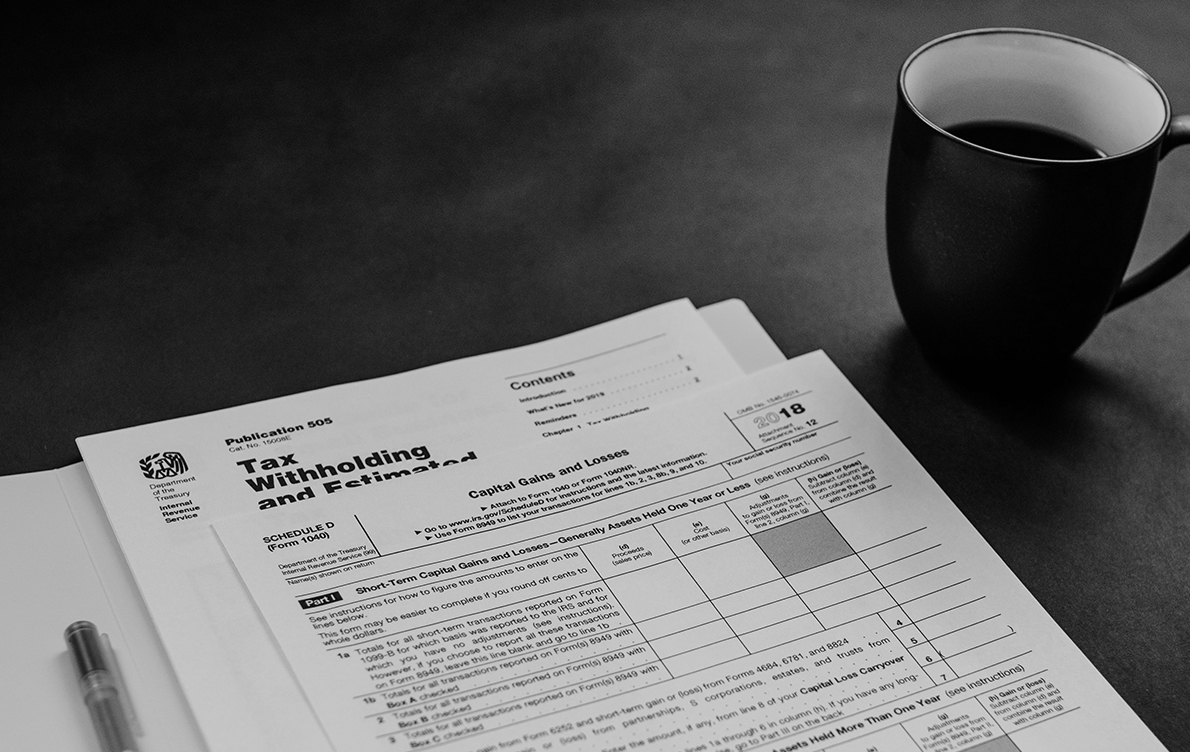Helpful IRS Proposed Regulations Issued on Qualified Opportunity Zone Funds
On April 17, the IRS issued a second round of proposed regulations addressing qualification as a Qualified Opportunity Zone (QOZ) Fund and related issues. This latest guidance addresses several unanswered questions and creates added flexibility, which should expand the ability to form QOZ Funds.
The regulations clarified that a QOZ Fund can be an operating business such as a start-up company operating out of a QOZ. A tech company can be formed in a QOZ and qualify even if its customers span the world as long as it is principally operated in the zone as determined under certain guidelines in the regulations. The regulations also clarified that QOZ fund status is maintained even if the space occupied by the fund straddles over into a non-zone as long as the majority of the property is in the zone.
The regulations also made real estate development more viable with a QOZ Fund. Under prior guidance, the purchase of an existing building in the zone required the fund to make “substantial improvements” to the property. Substantial improvements required the fund to invest more than the purchase price of the building into improvements to the property, which must be completed within 30 months. This latest guidance relaxes that rule and provides that the purchase of abandoned, dilapidated or run-down property in the zone that has been vacant or unused for at least five years should not be subject to this substantial improvement requirement. The rules were also relaxed for purchases of land.
The IRS also clarified that the ownership and operation, including leasing of real property, can be an eligible active trade or business. However, the IRS indicated that the ownership and leasing of property pursuant to a triple net lease is likely problematic because such activities generally are not considered an active trade or business eligible for QOZ Fund status. Properly structuring leases and real estate activities will be important to insure qualification as a QOZ Fund.
From the investor’s perspective, a QOZ Fund passing at death raised many issues that were unclear under prior guidance. The IRS addressed these concerns and indicated a transfer at death will not trigger gain inclusion nor will a transfer by the estate to a beneficiary. The IRS also indicated the next generation can step in the shoes of the decedent and get QOZ tax benefits. Furthermore, the recipient of the QOZ interest can tack the holding period of the decedent, which will make it easier to exclude gain on a sale of the QOZ interest held for at least ten years at the time of sale. However, the normal step-up in tax basis for property received from a decedent does not apply to eliminate any deferred gain from being taxable.
The regulations allow a taxpayer who has a capital gain to buy an eligible interest in the fund from an existing investor or the fund itself. The regulations recognize that a partner may contribute property rather than cash to a QOZ Fund. In that case, the regulations provide that tax-free roll-over of capital gain is generally limited to the tax-basis of the contributed property. Also, the original legislation allowed the investor to elect to not be subject to tax if they sold their QOZ investment after holding it for 10 years or more. The latest guidance extends this exclusion to sales by the QOZ Fund of property held for at least 10 years.
The regulations recognized that a sale of QOZ property by the fund itself may cause loss of QOZ Fund status. In response, the regulations allow the fund to sell QOZ business assets and then reinvest in new QOZ business assets within 12 months and still retain QOZ Fund status. However, any taxable gain on the sale is still recognized at the time of sale and the partners of the fund will have to pay tax on their share of that taxable gain. The regulations also give a QOZ fund more time to invest cash contributed by its investors without jeopardizing QOZ fund status.
Finally, distribution of refinancing proceeds may be allowed to be made tax-free up to the partner’s basis for their partnership interest, though there are potential concerns under the regulations that it could be treated as a disguised sale. As a result, care in structuring debt financed distributions is needed, which may require waiting two years from the capital contribution to the fund.
The bottom line is that the IRS was very responsive in making a QOZ Fund a more viable planning option. Let us know how we can help your creation of a fund or investment in a fund.
As the law continues to evolve on these matters, please note that this article is current as of date and time of publication and may not reflect subsequent developments. The content and interpretation of the issues addressed herein is subject to change. Cole Schotz P.C. disclaims any and all liability with respect to actions taken or not taken based on any or all of the contents of this publication to the fullest extent permitted by law. This is for general informational purposes and does not constitute legal advice or create an attorney-client relationship. Do not act or refrain from acting upon the information contained in this publication without obtaining legal, financial and tax advice. For further information, please do not hesitate to reach out to your firm contact or to any of the attorneys listed in this publication.
Join Our Mailing List
Stay up to date with the latest insights, events, and more





